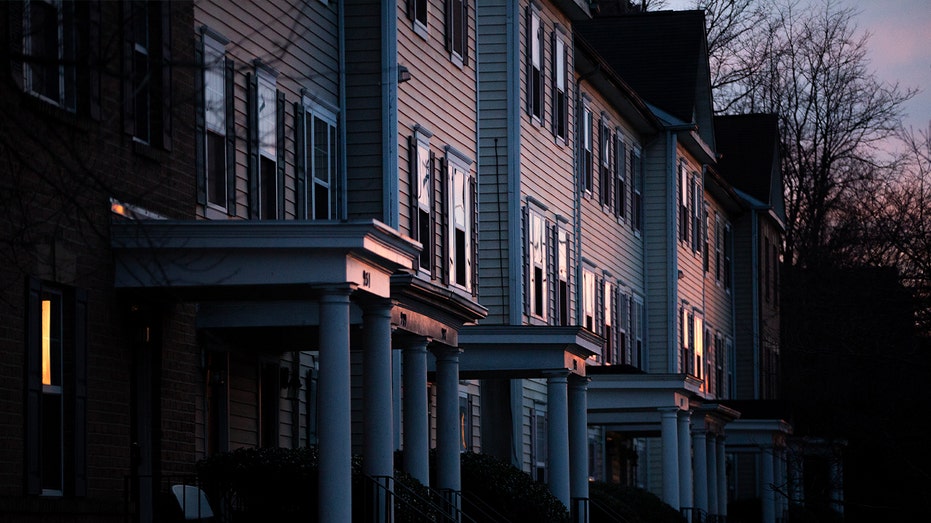Homeownership has long been considered a cornerstone of the “American dream” as it symbolizes the ability to build wealth and ensure long-term financial stability.
Today, that dream is slightly changing as younger generations opt to rent or stay at home with their parents longer than ever before. It’s a consequence of the affordability crisis that continues to persist in the housing market, according to real estate mogul and founder of The Agency, Mauricio Umansky.
“At the end of the day, the American dream is to own real estate, build equity, pay off your mortgage and have a house,” Umanksy said. However, attaining “that American dream of owning your home is taking longer” as high mortgage rates and home prices continue to weigh on affordability, he added.
HOUSING CRISIS DEEPENS AS 47 MAJOR METRO AREAS NOW REQUIRE HOMEBUYERS TO SPEND MORE THAN 30% OF INCOME
“The younger generation is really not able to own homes,” he said. “Again, I’m using the word affordability, but it’s a really affordability issue.”
As of May, the typical U.S. household would need to spend 44.6% of their income to afford a median-priced home, according to recent data from Realtor.com. This is well above the recommended 30% threshold, highlighting how “affordability isn’t just strained, it’s nearly extinct,” Realtor.com economists said in the recently published report.
Realtor.com senior economist Jake Krimmel told FOX Business that there are three key drivers of affordability: home prices, interest rates and incomes. However, recently,”there has been little to no movement” on any of those key metrics to provide much positive momentum on affordability, Krimmel said.
Prices are determined by supply and demand in the market, and while Krimmel said prices aren’t skyrocketing like they did during the pandemic, they’re not dropping even with a rise in inventory. Supply is up 31.5% year over year according to Realtor.com’s latest data.

AMERICA’S HOUSING CRISIS: REALTOR.COM CEO SAYS THERE IS A WAY TO SOLVE IT
“When the supply of homes on the market is up, but prices aren’t falling, this is an indication that demand in the market is very weak as well,” Krimmel added.
High rates continue to weigh on demand, and in turn, home sales, according to Krimmel. Even though rates fell 4 basis points, to 6.77% last week due to markets reacting to comments from Federal Reserve Chair Jerome Powell and the latest Consumer Confidence Index data, they’re still “persistently high as the Fed has yet to signal a cut is imminent at their next meeting in July,” Krimmel added.
However, if and when rates ease, Umansky doesn’t believe consumers are going to see interest rates ever again at that 2.5% to 3% range.
Given these dynamics, Umansky said his company is starting to see confidence in renting. Additionally, his friends and clients are seeing their kids return home.
“I mean, we’re just seeing a lot more of that and…. they’re having the opportunity to save money,” he said. “The idea of leaving home is not as needed as it was before, because parents are also being a little bit more liberal and giving a little bit of freedom to their kids to go in and out of their home.”
Krimmel said consumer confidence also remains low, which suggests consumers do not expect their incomes or purchasing power to grow by much in the coming months, which is “the final impediment to improving the housing affordability outlook,” he said.
Realtor.com economists say there are still solutions to make housing more affordable, such as raising incomes or lowering housing costs. One way to do so is by building more affordable homes, according to the June Realtor.com
“New home supply and new home construction, especially at affordable price points, can help relieve price pressure in tight housing markets,” according to the report.
Read the full article here


